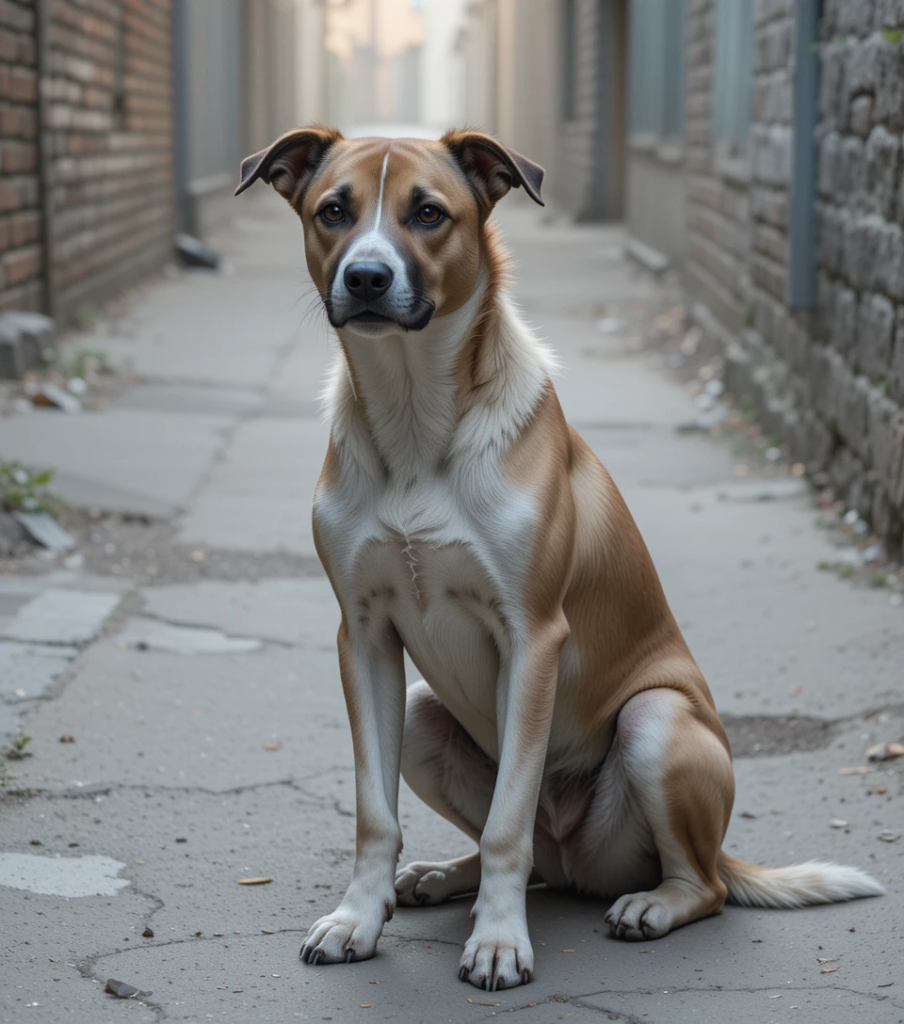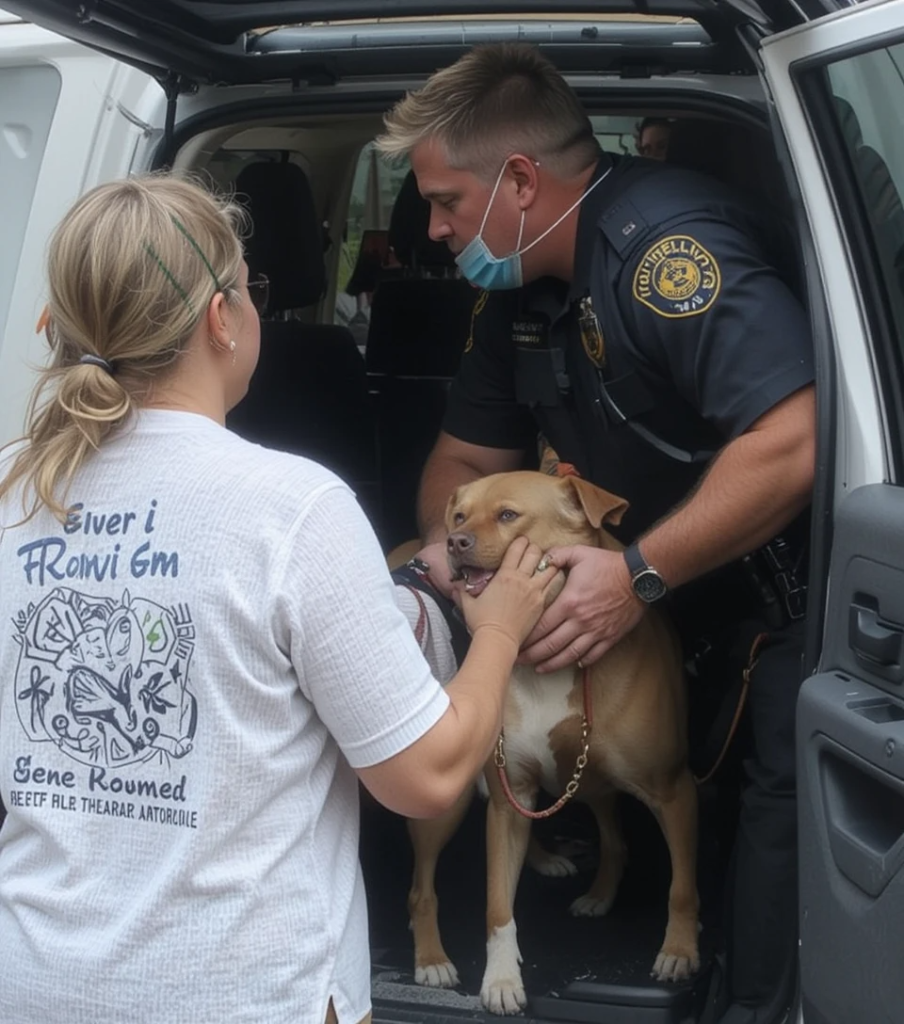Stray dogs are becoming increasingly common in both urban and rural areas. Whether you’re out for a walk, driving home, or simply minding your business, spotting a lone dog can raise a mix of concern, fear, or curiosity. Knowing how to deal with stray dogs safely and compassionately helps you protect yourself while potentially saving a life. This guide offers practical, humane advice for approaching and assisting stray dogs without putting anyone at risk.
🧠 Understanding Stray Dog Behavior

Stray dogs come from different backgrounds. Some may be lost pets, others abandoned, and a few may be feral, having never had contact with humans. Understanding their behavior is key to safe interaction.
- Signs of fear: tail tucked, ears back, trembling
- Aggression indicators: growling, barking, raised hackles
- Neutral or friendly behavior: wagging tail, relaxed body, curiosity
Approach every stray dog with the assumption that they are frightened. Fear is often mistaken for aggression, and the wrong move can escalate the situation.
🛡️ Safety First: Protecting Yourself and Others
Your safety comes first. While compassion is admirable, you should never put yourself, your family, or your pets in danger.
- Do not approach quickly or yell
- Avoid direct eye contact
- Secure children and other animals
- Use barriers like cars or fences if needed
- Do not corner the dog
If the dog seems aggressive or panicked, it’s best to call animal control or a local shelter immediately.
🤝 How to Approach a Stray Dog the Right Way
If the dog appears calm and you’re confident it’s safe, you can try a slow, cautious approach.
- Squat to appear less threatening
- Avoid looming over the dog
- Speak softly and soothingly
- Extend your hand slowly, palm down
- Use treats or food as a peace offering
Never force interaction. If the dog backs away or growls, give it space.
🚑 When and How to Help a Stray Dog
Once you’ve made contact, evaluate the situation:
- Does the dog appear injured or sick?
- Is there a visible collar or ID tag?
- Can the dog walk and respond to you?
If possible, place a leash or makeshift lead around its neck. A towel or jacket can also serve as a soft restraint. Use a crate, car seat, or enclosed area to transport the dog safely.
If you’re unsure, contact a rescue organization for advice.
📞 Working with Animal Control and Shelters

Sometimes the best thing you can do is involve professionals:
- Call your local animal control or nonprofit rescue group
- Share details: location, time spotted, and behavior observed
- Do not release the dog again after capturing it
If the dog ends up at a shelter, ask if you can help by sponsoring care or promoting its adoption.
🧡 The Compassionate Side: Long-Term Solutions
Stray dogs are often a symptom of deeper problems:
- Overpopulation due to lack of spaying/neutering
- Abandonment and neglect
- Inadequate shelter support
Ways to help:
- Support TNR (Trap-Neuter-Return) programs
- Donate to or volunteer with local shelters
- Educate your community about responsible pet care
📝 Final Tips for Safe, Humane Interactions
- Always carry dog treats or a soft leash when walking in areas known for strays.
- Teach children how to act around unknown dogs.
- Never assume a dog is friendly, even if it looks calm.
- Remember: not every stray needs rescuing — but every dog deserves compassion.
❓ 10 FAQs About Dealing with Stray Dogs
- What should I do if a stray dog approaches me?
Stay calm, avoid eye contact, and back away slowly without turning your back. - How can I tell if a stray dog is dangerous?
Look for warning signs like growling, stiff posture, and bared teeth. - Is it safe to feed stray dogs?
Yes, but do it cautiously and only if the dog is not aggressive. - Can I get in trouble for helping a stray dog?
Laws vary, but in most areas, helping or reporting a stray is encouraged. - What if the dog is injured or sick?
Call a vet or rescue group immediately; do not attempt treatment yourself. - How do I report a stray dog in my area?
Contact animal control, local shelters, or municipal helplines. - Can stray dogs be adopted?
Absolutely! Many strays become loving pets after proper care and socialization. - What’s the difference between a stray and a feral dog?
Strays are usually lost or abandoned pets; feral dogs have had little to no human contact. - Should I try to catch a stray dog on my own?
Only if it’s safe to do so and the dog appears calm; otherwise, call professionals. - What should I do after rescuing a stray dog?
Get it scanned for a microchip, visit a vet, and notify local shelters or pet groups.

